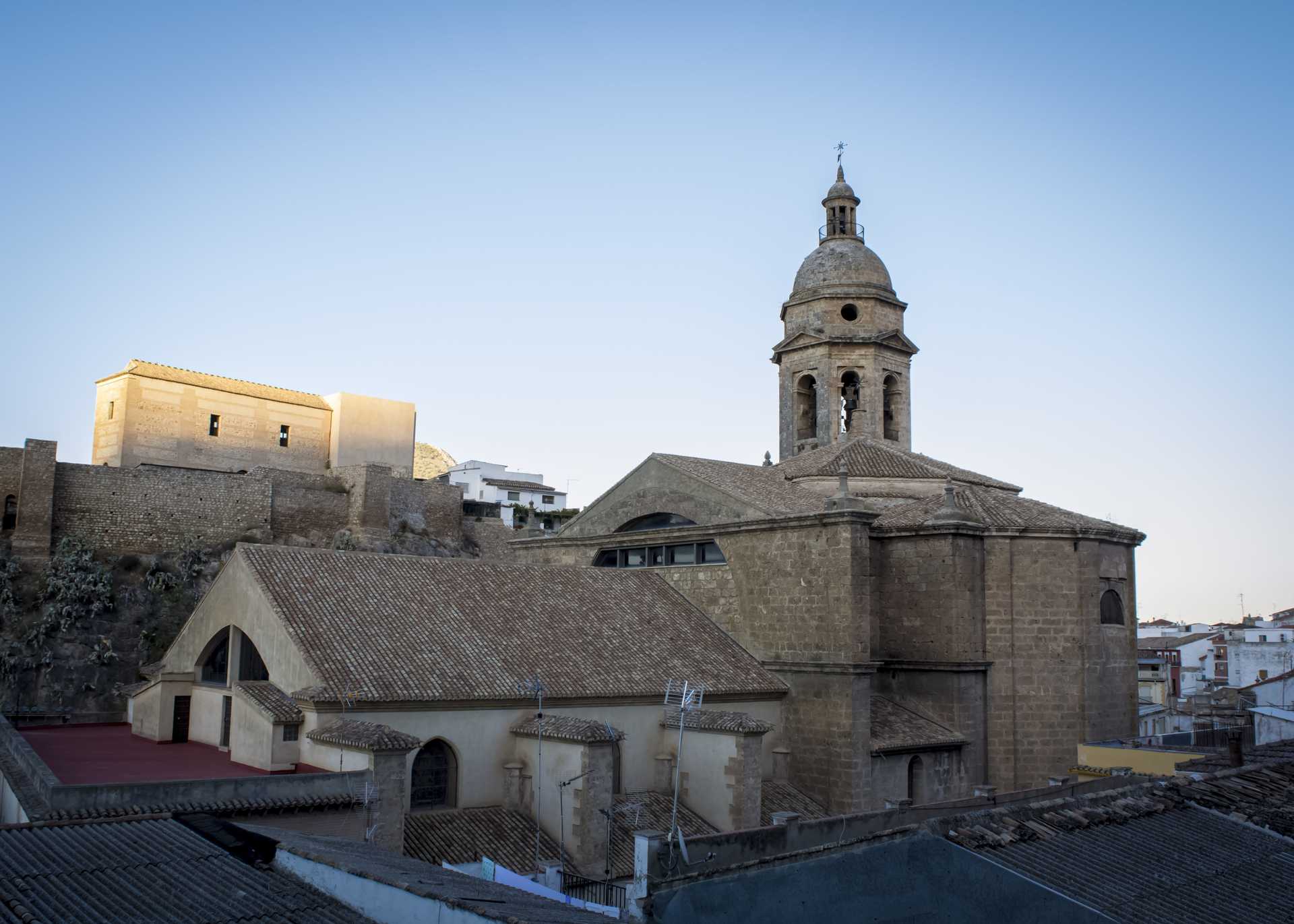Iglesia Mayor de la Encarnación

Monday to Saturday: 7pm. (mass: 7.30pm). Sundays and public holidays: 11am. (mass: 12 noon) and 7pm. (mass: 7.30pm)
Free
Andalusia made to measure
Andalusia all year round
Things to do

Monday to Saturday: 7pm. (mass: 7.30pm). Sundays and public holidays: 11am. (mass: 12 noon) and 7pm. (mass: 7.30pm)
Free
